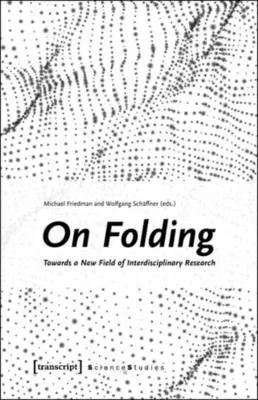On Folding: Towards a New Field of Interdisciplinary ResearchPaperback, 16 August 2016

Qty
1
Turbo
Ships in 2 - 3 days
In Stock
Free Delivery
Cash on Delivery
15 Days
Free Returns
Secure Checkout

Part of Series
Science Studies
Print Length
180 pages
Language
English
Publisher
Transcript Publishing
Date Published
16 Aug 2016
ISBN-10
3837634043
ISBN-13
9783837634044
Description
Product Details
Book Format:
Paperback
Country of Origin:
US
Date Published:
16 August 2016
Dimensions:
23.88 x
15.49 x
1.52 cm
ISBN-10:
3837634043
ISBN-13:
9783837634044
Language:
English
Location:
New York
Pages:
180
Publisher:
Series:
Weight:
430.91 gm